The true origin of Saccharomyces pastorianus, the yeast that changed the history of the brewing industry, is a mystery. The more we learn about it, the more questions it raises. This is the yeast capable of fermenting at low temperatures (7-12ºC) that is used in fermentation of the lager or pilsner styles, crystalline, dry and robust beers. Its capacity for aggregation (flocculation, technically) helps it to settle at the bottom of the fermenter, unlike the classic strains of Saccharomyces cerevisiae responsible for producing ales—more complex, aromatic and fruity on the palate—which form a surface layer, literally floating on the wort, during fermentation. But… what differentiates S. cerevisiae from S. pastorianus?
The first news we have of “low” fermentations are from Bavaria around the 15th century, but this is probably an older tradition. Before the development of industrial brewing and refrigeration techniques, beer was a seasonal beverage brewed in winter and consumed in summer. When technology in the 19th century made it possible to brew quality beer that was reproducible any time of year, “low fermentation” yeast in the German and Bohemian style triumphed. Not in vain, the city of Plzeň, with prodigious waters, is located in the latter region.
Pasteur had already noted that “high” and “low” yeasts had different characteristics, but it was Danish scientist Emil Christian Hansen (1842-1909), in the laboratories of the Carlsberg plant in Copenhagen who first isolated, in 1883, pure “low” yeast cultures, which he called Saccharomyces carlsbergensis, naturally. Hansen’s work marked a before and after in the brewing industry: control of yeast strains. Nonetheless, some years earlier, the now-forgotten German botanist and mycologist Max Reess had named this yeast S. pastorianus, in honour of Pasteur. Therefore, both terms today are synonymous, although we consider the one recorded earlier in honour of the French sage to be the correct one. Call it what we will, lager yeast brings to mind mycologists, because, in reality, it is not a species: it is a hybrid species.
In effect, S. pastorianus is actually a cross between S. cerevisiae—the optimal yeast for alcohol fermentation but quite sensitive to the cold—and a cold-tolerant yeast in the S. bayanus group. This group, in turn, is a hodgepodge of hard-to-classify hybrid strains that are of great interest in the production of wine, cider and spirits. But in 2011, Argentine scientist Diego Libkind and his collaborators in Wisconsin and Lisbon made a long-awaited discovery: the missing link. They isolated a yeast from nature that corresponded to the “other half” of S. pastorianus and they called it S. eubayanus (which means “the genuine bayanus”). The enigma was nearly resolved: at some point, probably in the Middle Ages, perhaps somewhere in the Bavarian Alps, a S. cerevisiae combined, perhaps through the sexual cycle, with a wild yeast of the species S. eubayanus that had arisen in the cold, generating a domesticated super-yeast with the best of both worlds… That is, capable of fermenting at low temperatures. There is only one “small” problem. Libkind found that yeast on the bark of beech trees in Patagonia… which is not precisely where the Franciscan monks of Bavaria in the 15th century typically spent their vacations.
This discovery gave rise to many far-fetched ideas… From an origin more modern than that imagined for “lager” yeast, already in a world more globalized thanks to Columbus and company, to bird migrations, barrels aboard galleons spreading yeasts halfway around the world… Or something much more logical, such as that natural S. eubayanus yeasts also exist in the beech trees in the heart of Europe that would have made the happy encounter probable. But, up to then, they had not met. In 2014, however, history takes a new turn: a group of researchers in Beijing, Bing and colleagues, publish news of the isolation of S. eubayanus in the Tibetan steppes of China. In particular, the genome of this isolation resembles the “non-cerevisiae” half of S. pastorianus even more than the one in Patagonia. Therefore, the current hypothesis, until disproved, is that lager yeast, or one of its “parents” reached Europe on the silk and spice road, the trade route between the Far East and Old Europe.
What we don’t know is where and when the fortunate hybridization occurred. Did it take place in Asia before traveling to Europe? Beer culture in ancient China is millenarian, although they used cereals other than barley… In the Middle East, Sumeria, Mesopotamia, those ancient brewing civilizations along the road? Did it take place in Europe with a native “high” brewing strain and an imported S. eubayanus? Did the Bavarian monks buy their beer paddle in a Chinese “dollar store”? The latter is as unlikely as their summers in Patagonia. Recent research proves that S. eubayanus hyrids are common in domestic yeasts, because several wine and cider strains are hybrids of this species with S. uvarum. The hypothesis that S. pastorianus (alias carlsbergensis) was a cider or wine yeast first, or that hybridization did not take place directly with wild S. eubayanus but rather with another hybrid already in existence, cannot be ruled out. The soap opera continues.
To confuse matters more, there are two lineages of lager strains, which could have been generated through different genetic crosses: the Saaz lineage and the Frohberg lineage. They were named based on the geographic origin of their isolation by Paul Lindner (1861-1945) in the late 19th century. The first was isolated in Bohemian beers; as hops fans will recognize, Saaz is the German name for Žatec, the cradle of the noble Czech hops variety. The second was isolated in brews from the region of the same name in Germany. The Saaz strains are less attenuating and slower to ferment (not all the sugars in the wort ferment) but more flocculant (they settle better), slightly more tolerant to cold temperatures, and they produce somewhat fewer volatiles (esters and alcohols) than the Frohberg strains. These differences reflect a greater loss of S. cerevisiae chromosomes after hybridization in the case of the Saaz lineage, in which the character of S. eubayanus predominates more notably, but for practical purposes the differences between the two are subtle. The 29 chromosomes of the genome of Hansen’s original strain, the Saaz lineage, were sequenced in 2014 by researchers at the Carlsberg laboratories in a burst of nostalgia and an encounter between the leading edge and history. All the secrets of a strain that in its day revolutionized the way of making, drinking and selling beer are written in its genome.

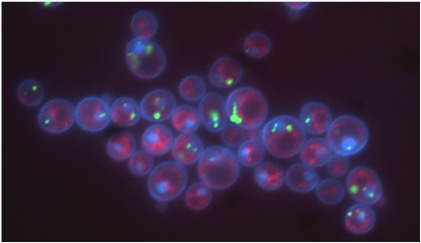

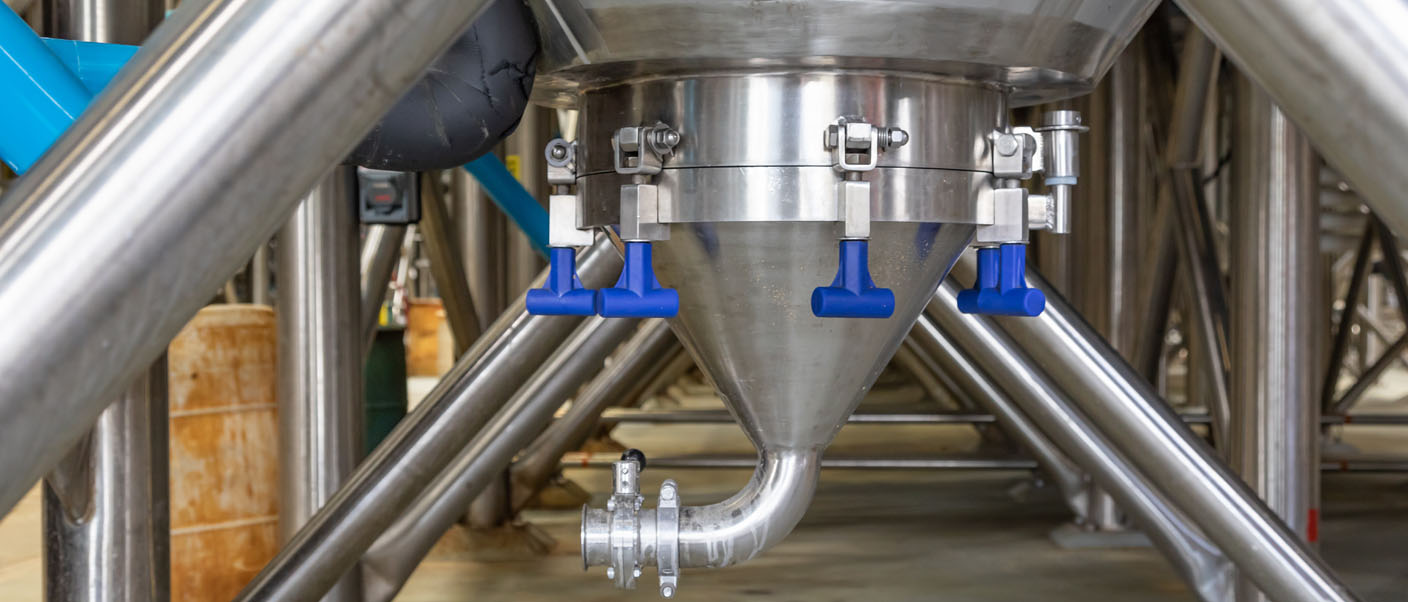



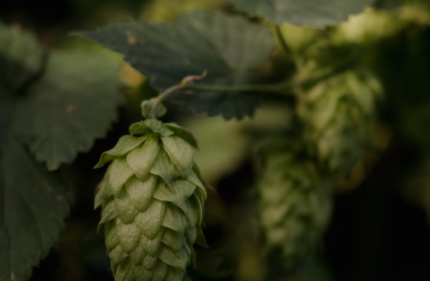
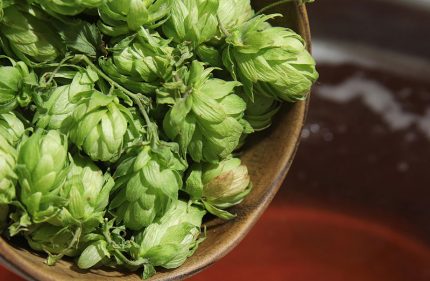

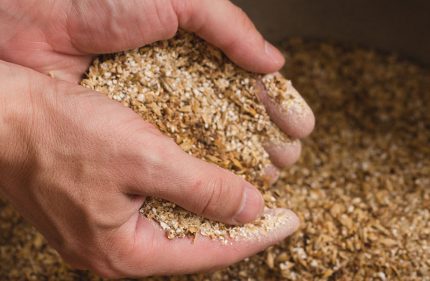
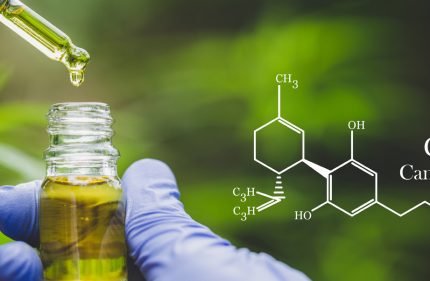
Comments